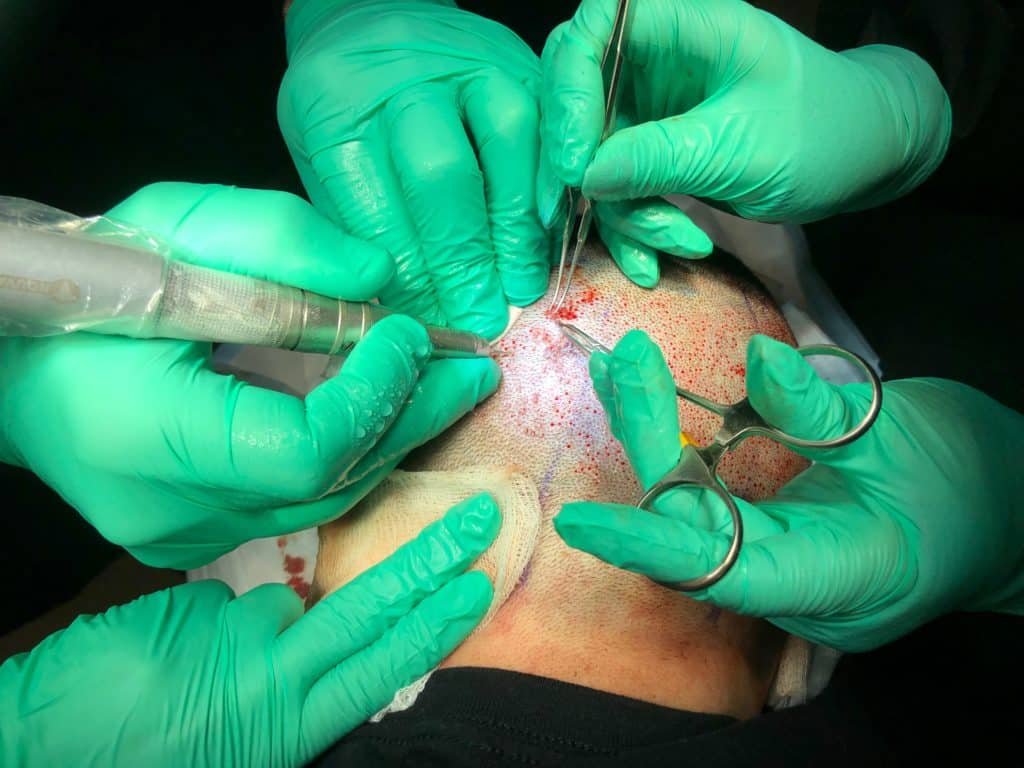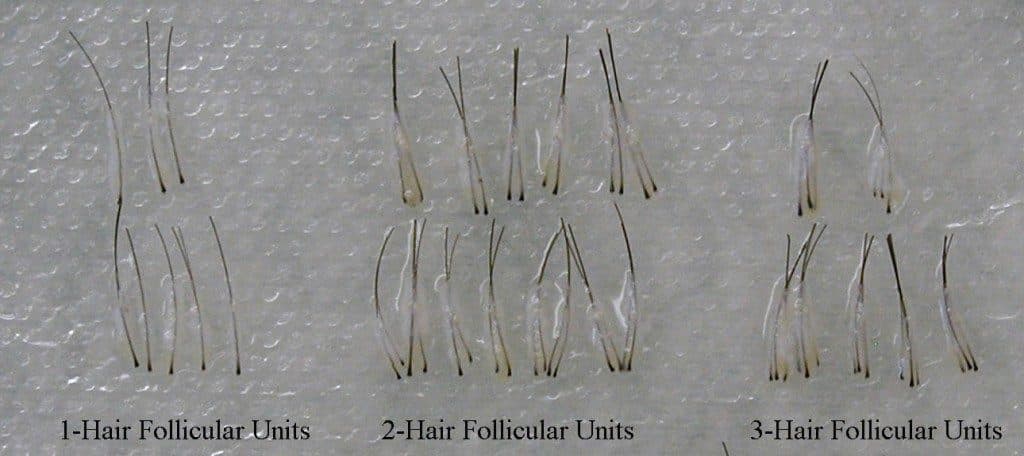
Hair Transplant Overview
Hair transplantation is a sophisticated, refined process that involves moving hair from one part of the body (usually the back of the scalp where there is an abundance of donor’s hair) to an area where it is thinning or balding (alopecia).
Since the 1950s, hair has been successfully transplanted from the back of the scalp to the other areas of the scalp. The technique has evolved into an ultra-refined process of harvesting the hair, preparing the individual follicular units, and delicately transplanting the hair to the desired site for a very natural appearance.
At the Gabel Hair Restoration Center, Dr. Gabel and his team specialize in treating men and women who are looking to maintain and restore their living, and growing hair by utilizing the most modern and proven hair transplant techniques. In the following video, Dr. Steven Gabel describes a typical hair transplant day at his Portland Hair Restoration Center. This video is pertinent for both Follicular Unit Excision (FUE) and linear strip harvest (FUT) techniques.
What Happens On Hair Transplant Day?
Follicular Unit Transplantation
FUT, sometimes known as strip harvest surgery is a surgical procedure where naturally occurring bundles of hair, called follicular units, are transplanted from the donor area to the area of the scalp afflicted with alopecia, known as the recipient area. Follicular units are the most natural way to harvest grafts from the scalp. Follicular unit bundles may contain 1, 2, 3, or more hairs. When transplanted, the follicular units are then arranged in a pattern that emphasizes naturalism: the frontal hairline will receive the single hair units for a soft hairline, and the central area of the scalp will have the larger 3- or 4-hair follicular units to create a denser appearance behind them.
In the FUT procedure, Dr. Gabel and the patient will review the surgical plan and map out the area that will be transplanted. In the procedure room, the back of the scalp will be numbed, and Dr. Gabel will personally remove a thin strip of tissue that has been calculated at an appropriate size for the needs of the given procedure.
The tissue is then examined, and the individual follicular units are separated using precise stereo-microscopic dissection techniques. While this is occurring, Dr. Gabel will make small openings in the scalp in the recipient site where the grafts will be inserted.

In contrast to FUT, Follicular Unit Excision (FUE) is a technique where the individual follicular units are excised one by one from the scalp. In this procedure, instead of making an incision and removing a strip of scalp, a round scalpel punch is used to make a circular incision around the follicular units allowing them to be excised one by one. The follicular units are then examined under the high-powered microscope and trimmed as needed. They are then placed into the recipient sites that Dr. Gabel has created.
Hair Transplant Recovery FAQs
I noticed some of the hair shafts coming out after the first week. Is this normal?
When can I resume all my medications?
When can I start drinking alcohol?
How long does it take for the hair to grow?
What can I eat after the procedure?
When can I take a shower after my transplant?
When can I start exercising after my procedure?
There are several reasons to perform FUE on a patient, the most common being the ability for patients to cut their hair very short without seeing a linear scar in the donor area. Dr. Gabel has tremendous experience with the FUE technique and has been performing it longer than any physician or other practice in the Pacific Northwest. Ultimately, the most important goal of the procedure is to produce a natural result that satisfies the goals and expectations of the patient.
